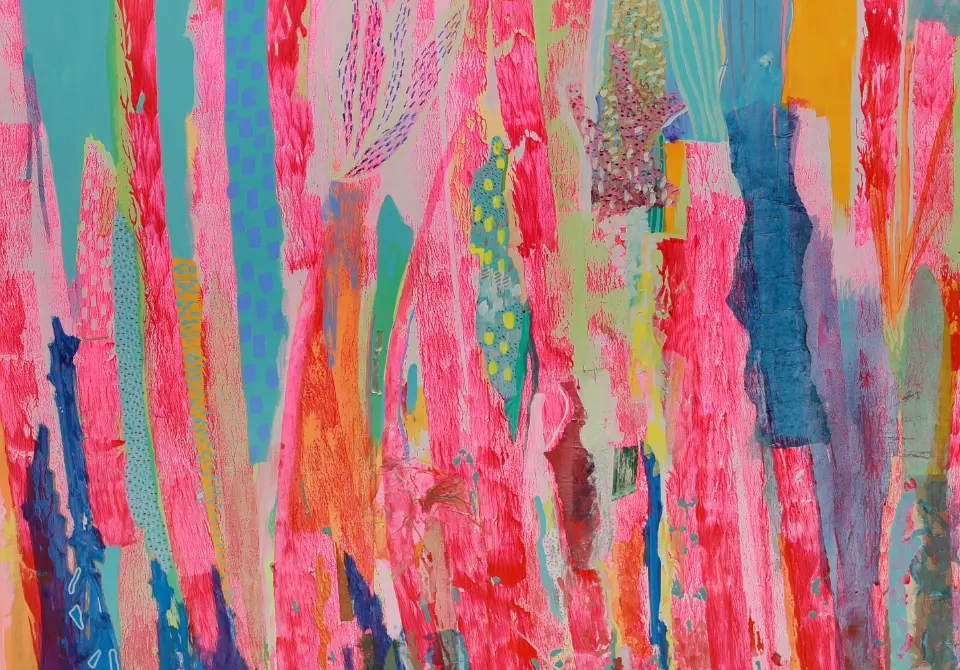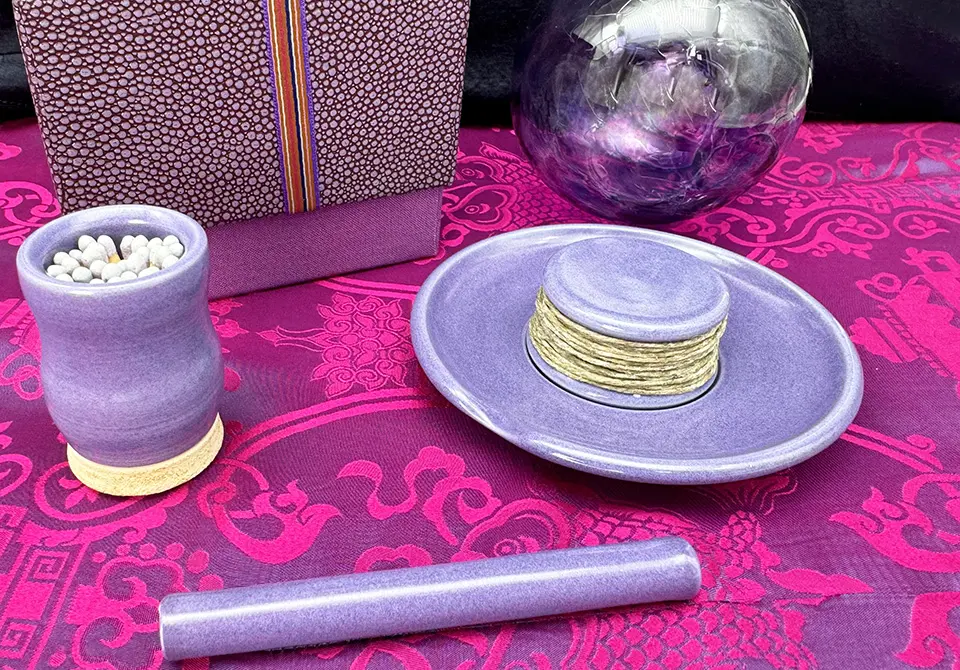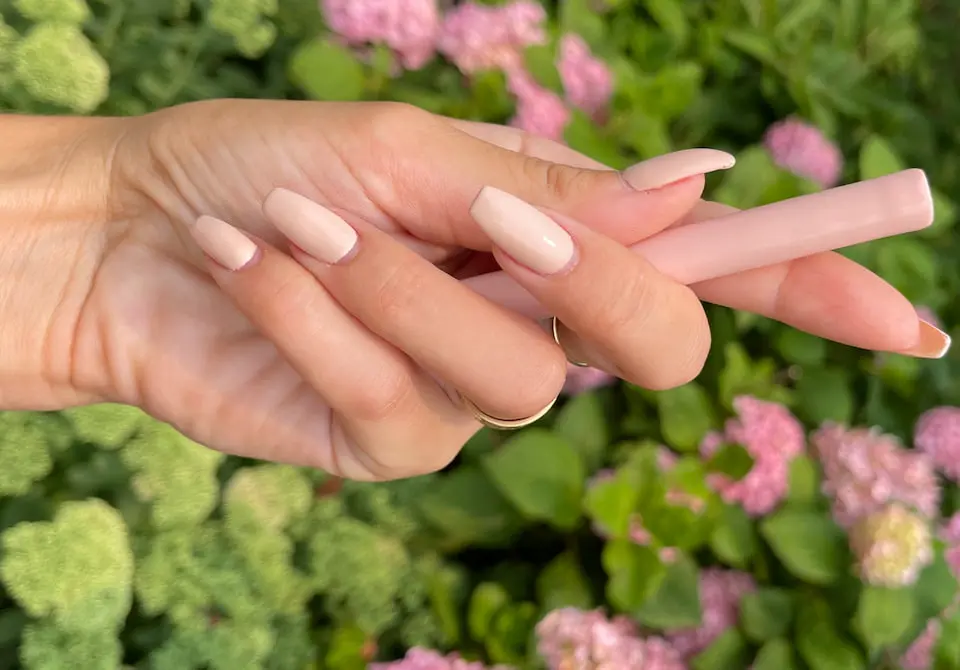- At the age of 17, Chris Wilson was charged with a crime, convicted, and sentenced to his natural life in prison.
- Chris turned his life around and is now a successful visual artist, author, and social justice warrior.
- He’s teamed up with us at House of Puff to increase awareness about solitary confinement through a collaboration that features his painting, Positive Delusions, on the second edition of their artist series rolling papers.
- Through vehicles like this collaboration and his new exhibition, I Can Show You the Way Out, Chris is committed to making an enduring difference in the lives of others in underserved communities.
10-minute read
From Life in Prison to a Life of Purpose
Chris Wilson’s story reads like a cautionary Hollywood script about the Black experience in America. Poverty, drug addiction, and gun violence were his everyday childhood norms. Then, at the age of just 17, he was charged with a crime, convicted, and sentenced to his natural life in prison. In the 16 years of his incarceration, Chris had to develop a Master Plan to convince a judge that he was worthy of a second chance. Against all odds, his plan worked. He’s now free, an immensely successful author, social justice warrior, and a visual artist. His inspirational book, The Master Plan: My Journey from a Life in Prison to a Life of Purpose, chronicles this turnaround and calls for more second chances—especially for those who our society usually writes off.
Solitary Confinement Through the Lens of a Visual Artist
Chris’ first New York solo exhibition, I Can Show You the Way Out, features 2 artworks that focus specifically on the detriments of solitary confinement. The first is Positive Delusions, an abstract painting that memorializes the positive thoughts he focused on to get himself through months of this torment. The second is his critically acclaimed short film, The Box, which brings the effects of solitary confinement into sharp relief through personal interviews with others who’ve suffered it.
Leveraging the Power of Art to Raise Awareness
Chris is committed to making an enduring difference in the lives of others in underserved communities. To that end, he’s teamed up with us at House of Puff to increase awareness about solitary confinement. The long-anticipated second edition of their artist series rolling papers, features Positive Delusions. Not only will a percentage of proceeds from this collab go to support the artist. But we’ll also donate an additional percentage to Solitary Watch—a nonprofit working to fully inform policymakers and the US public about the harms of solitary confinement.
I Can Show You the Way Out
In this interview, Chris talks painting and how he uses the power of art to change culture. He also gives us insight into his first New York solo exhibition, I Can Show You the Way Out. This show will be on view at Etain Health’s luxe medical dispensary from May 11-June 10. The choice to hold the exhibition at a dispensary was purposeful. It juxtaposes the industry’s new legal status with the plant’s dark social and cultural history—especially for communities like the one Chris grew up in.
How Did You Get Started as a Visual Artist?
 ART LESSONS
ART LESSONS
A close friend of mine, Jeffrey Kent, is an artist. Once, for my birthday, he gave me 5 art lessons as a present. At first, I was like, “Really?! Art lessons? Give me some money or something!” I had no interest, but I went anyway. In our first lesson, Jeffrey told me to go outside into the alley behind his studio and find some materials. I thought he was crazy! But he insisted, so I went and found some old wooden palettes sitting by the trash and picked them up. I worked on them for a couple hours and then showed them to Jeffrey. He looked at them and was quiet for a while. Then he said, “You painted these, Chris?” I nodded. He said, “Never stop painting.”
PERSISTENCE
So that’s how I got started. After working as a visual artist consistently for a couple years and sharing it on my social media, an old teacher I had in elementary school reached out. She reminded me that I had always been interested in art as a kid. I had just forgotten about it. I think I had always been an artist at heart. But Jeffrey was the one who got me to act on it. Fun fact about him—he’s mentored most of the best artists from Baltimore. Even the great Amy Sherald!
How Does Being a Returning Citizen Influence Your Work as a Visual Artist?
As a visual artist, I think it gives more purpose to my art. The fact that I had a life sentence and I now have a second chance to live my life…. I will never take that opportunity for granted. Especially because I know there are still so many people on the inside. These are people I grew up with, and they won’t get that opportunity. Sometimes those people call me and tell me they appreciate me doing what I do. They say that, even if they don’t get out, they feel like they can live through me to an extent. That keeps me motivated and reminds me to truly appreciate how lucky I am to get to do what I do.
Describe Your Studio in 5 Emojis

Positive Delusions Is an Immensely Powerful Painting—How Did It Come About?
The Silenced Project
A friend of mine, Scott Hechinger, reached out to me on behalf of the Silenced project in Michigan. Silenced was looking for artists. They wanted us to review letters from people who are or have been in solitary confinement and create a piece of art inspired by them. I don’t normally take commissions or consider other people’s opinions on what art I should make. But this was something I cared too much about to turn down.
Surviving Solitary Confinement
From my own experience in solitary, I knew I didn’t want to create a morbid piece. So I discussed it with my therapist. She asked me what got me through the experience. And that’s what I decided to focus on. How did I stay sane? How do others? I thought about my grandmother’s cooking, the people I care about, and the experiences I would have when I got out. I had to delude myself to get through that experience. Without focusing on those good thoughts, I never could have done it. People have to focus on those positive delusions to survive the situation.
Take Us Through the Colors in Positive Delusions and What They Symbolize for You as a Visual Artist
Light blue represents the ocean and blue skies. I daydreamed of being able to see them both again. Yellow is for the happy moments in my past. It’s the energy to do the things that kept me motivated—sunshine and hope. Black represents my desire to rebel against the systems that oppress Black people in this country. Red is the rage I felt for being treated like an animal. Pink is to show my desire to protect people from the experience of solitary confinement. I want to end the practice completely. And finally, white represents White supremacy. That includes the police and policymakers who have been trying to destroy the Black community for decades. That’s why the white behaves so violently toward the other colors in this painting.
If There’s Just One Thing That People Take away From Positive Delusions, What Do You Hope It Is?
Outrage. The United Nations officially declared solitary confinement torture back in 2007. But there are still over 80,000 men, women, and children in solitary right now. We can’t let this go on.
What Are You Looking to Achieve as a Visual Artist Through This House of Puff Collab?
Through this collaboration, I’m hoping we can be a voice for people who’ve been impacted by the criminal justice system—especially those who are sitting in prison for non-violent drug charges. And, as always, my ultimate goal is to help the fight to permanently end solitary confinement in the US.
How Does Being a Visual Artist Fit into Your Own Master Plan?
I didn’t plan to be a visual artist. It happened serendipitously. But being an artist serves the goals in my Master Plan well. That’s because I can use my voice to tell powerful stories. Simultaneously, it allows me to be financially stable enough to meaningfully contribute to my philanthropic work. I feel so grateful that I’ve been able to build the life I always dreamed of.
Your Earlier Artworks Tend to Be Representational. What Made You Switch to Abstract Art?
I don’t see myself as having made a concrete switch. I’m an explorer. I’m on a quest to figure out who I want to be as a visual artist. How do you know what you love if you don’t experiment and tinker with your art? That being said, I love the freedom of abstract art. It allows me to achieve catharsis through my art. That’s what I love most. Abstract work is also more challenging to me. How do you know if it’s good, if it’s making the right statement? You can’t really. It’s subjective. That challenge is exciting to me.
You Also Recently Executive Produced a Short Documentary Film About Solitary Confinement, the Box, That’s Included in Your NYC Solo Show—Tell Us About It
The Box is a hybrid documentary that explores the effects of solitary confinement through 3 people’s true stories. I’m so proud of this project. It shows what solitary is really like. How it affects the people who’ve experienced it. It’s torture. I don’t think you can watch The Box and not understand why we need to end solitary confinement. I hope that it will inspire everyone who sees it to help us end the practice.
As Well as a Visual Artist, You’re an Art Collector—How Do You Decide Which Works to Buy?
I have to like the work aesthetically, of course. Can I live with it in my home? But really, if I have a choice, I like to get to know the artist. I’m always more excited about a piece if I know the artist and the career behind it. I want to support the person who creates the work as much as I want to add a great piece to my walls.
A Visual Artist You’re Especially Into Right Now?
One artist I’m loving and I’ve been lucky to be able to support is Chinedu Victor Uyaelunmo. I have 6 paintings from him. And I’m getting another one soon! I love his story—he had a basketball scholarship to Towson University in Maryland. But he loved art and was willing to make the jump from the West coast to pursue his passion.
Tell Us About the Other Organizations You Support, Especially as a Visual Artist.
I’m a trustee at The New York Academy of Art. I love that because I get to learn about the next generation of artists coming up in New York. I’ve done some work with the Whitney Museum. I helped organize a drawing party where we got to bring together artists and art lovers from all spheres of the art world. And the Chris Wilson Foundation of course!
How Can We Keep up With Your Latest Endeavors?
You can follow my Instagram @chriswilsonbaltimore. I’m always posting photos and videos from the studio. So it’s a great way to stay up to date. And my website is coming soon!
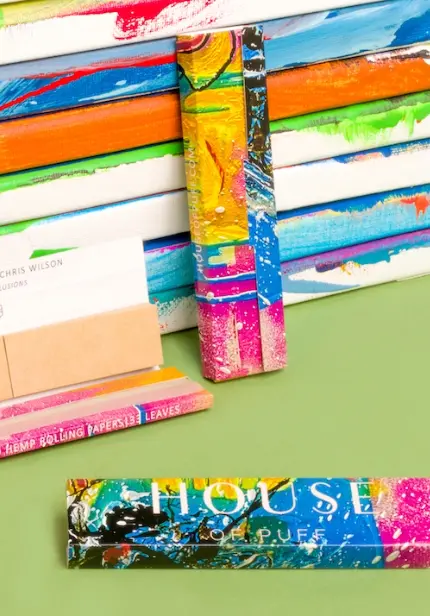
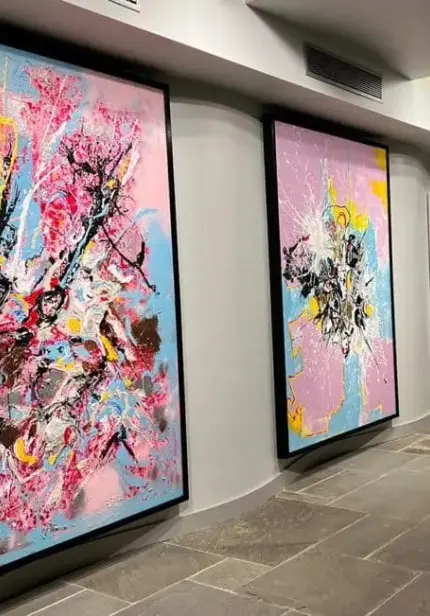 ART LESSONS
ART LESSONS 
